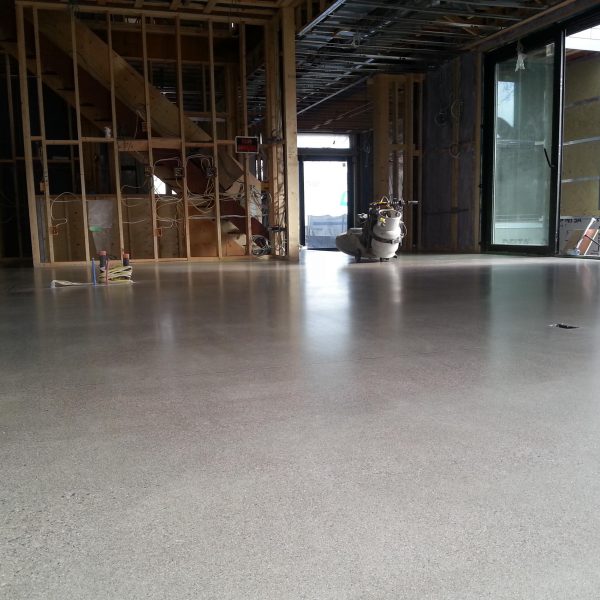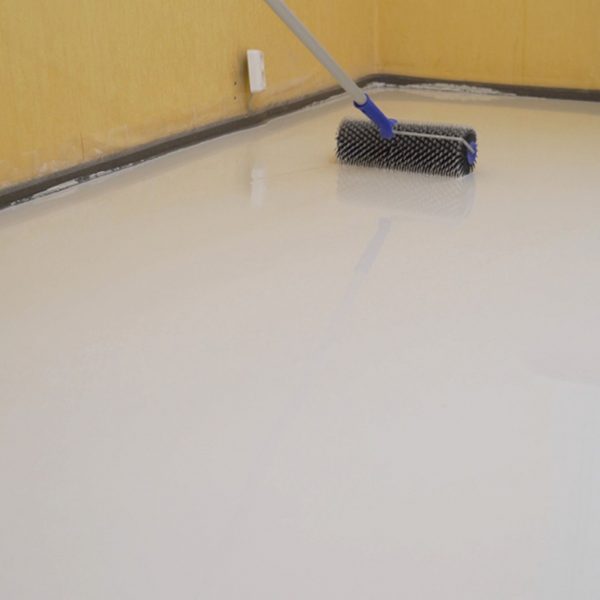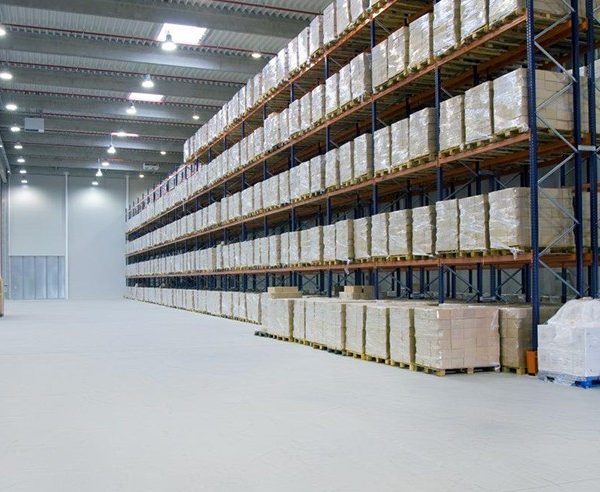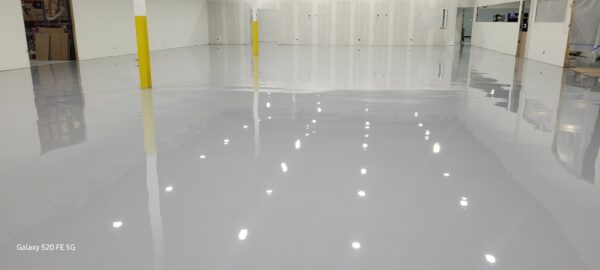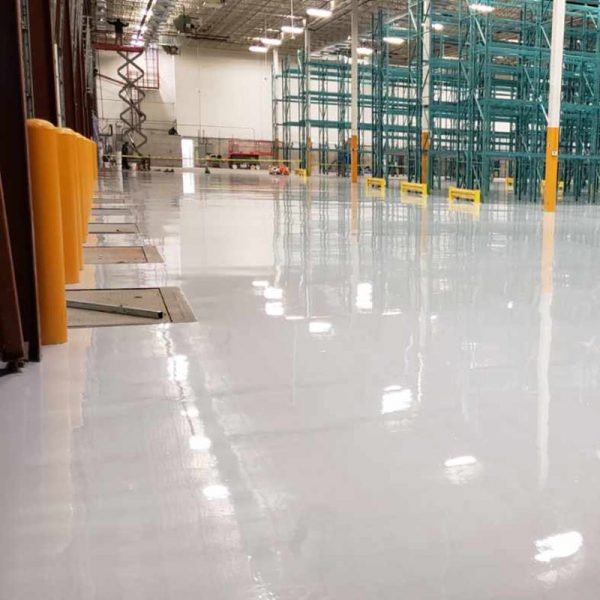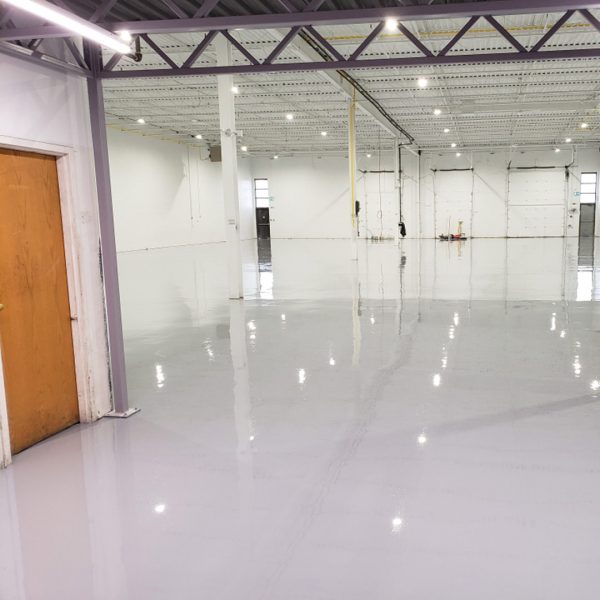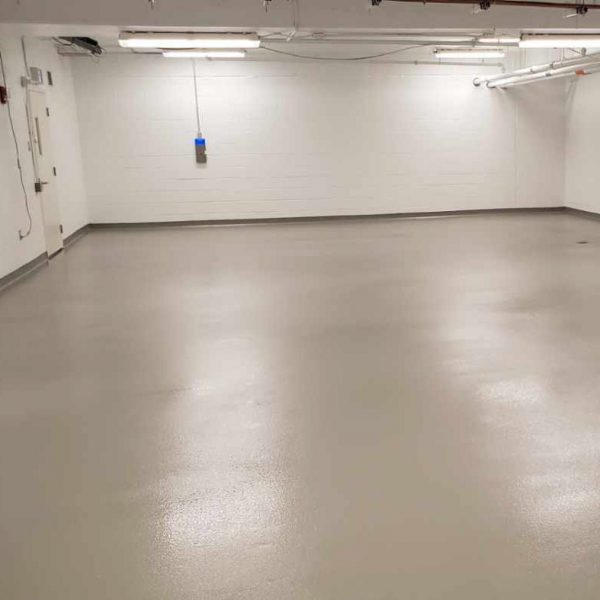Many types of nondurable, food-contact surfaces are in use in the food industry today. Some of these surfaces are floors that can come into contact with materials that people or animals will eat. The FDA regulations pertaining to the design, construction, installation, and maintenance of floors in food-processing plants can be found in 21 CFR, chapter 1, parts 110 and 114.
The regulations in 21 CFR part 110.35(c) state that all surfaces in the establishment must be smooth, impervious, and nonabsorbent when dry to facilitate proper cleaning, maintenance, operation, and inspection. The FDA recognizes the several and different types of flooring used in the food-processing industry. However, certain specific types of flooring materials are banned by the FDA.
The agency does not routinely inspect facilities prior to their being put into service; however, an inspection is performed whenever a complaint has been filed, the agency suspects a violation of law, or during an audit.
All processing and manufacturing facilities that produce food products for human consumption must meet FDA’s guidelines and regulations to provide high-quality, safe, and uncontaminated products with no risk to those consuming them.

